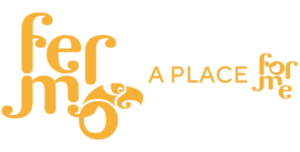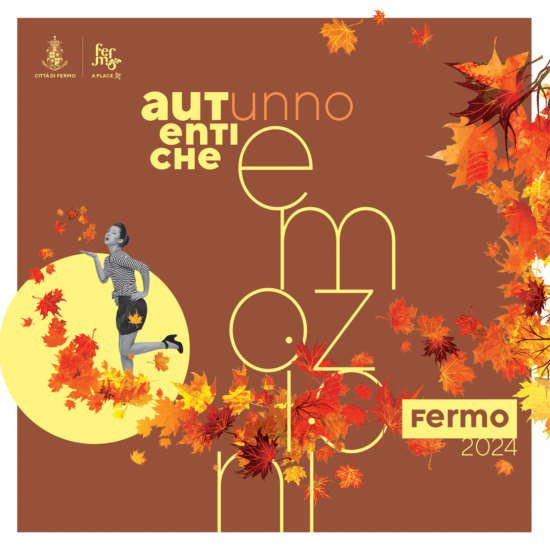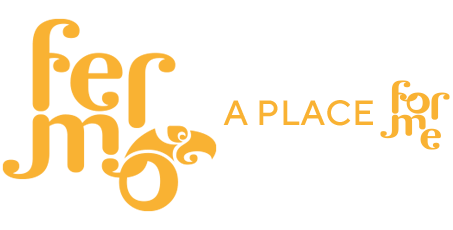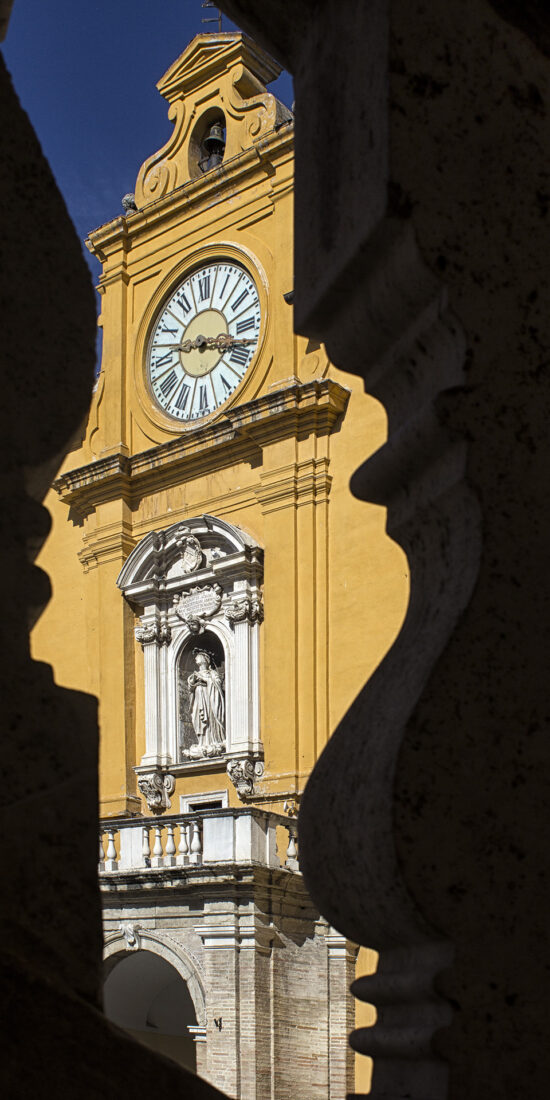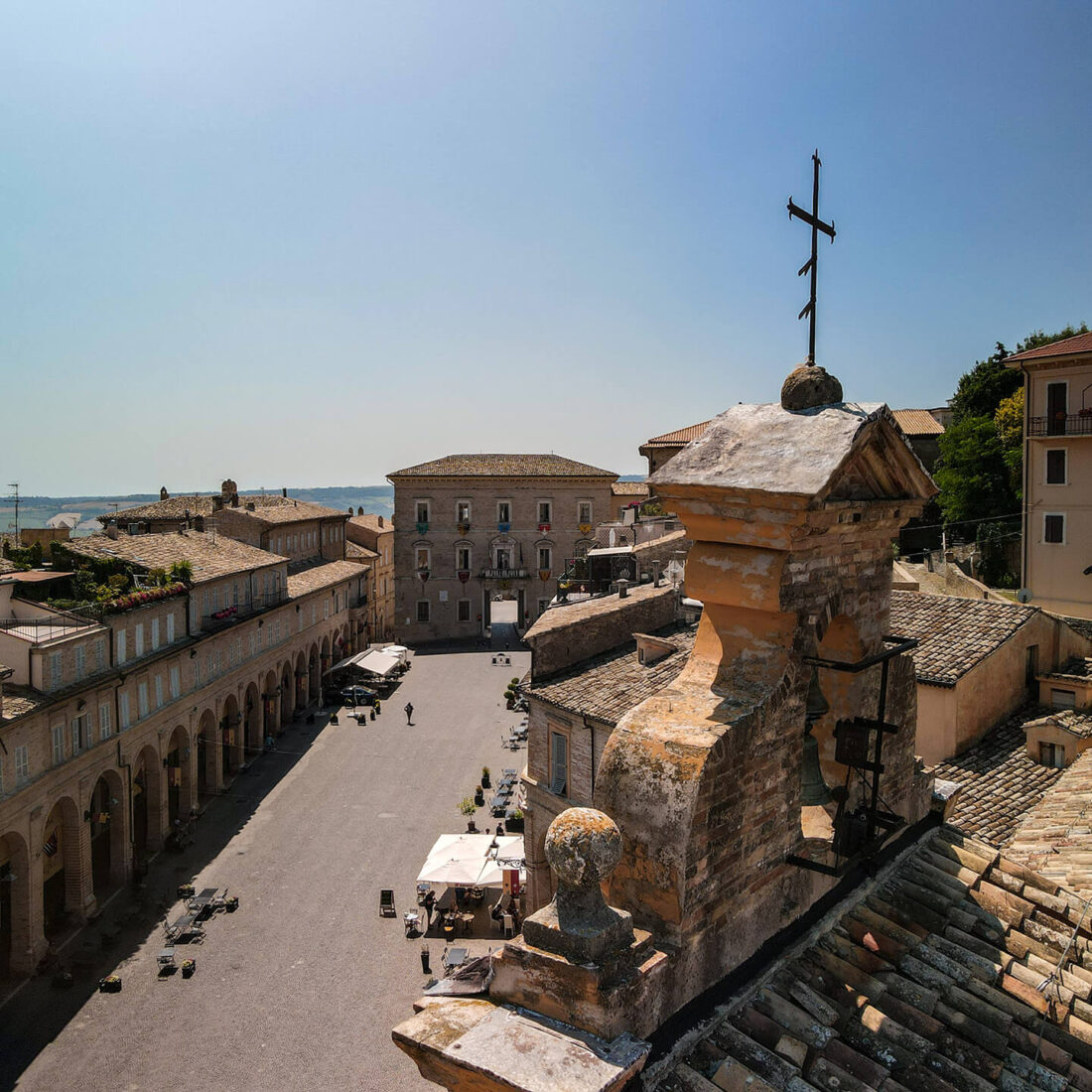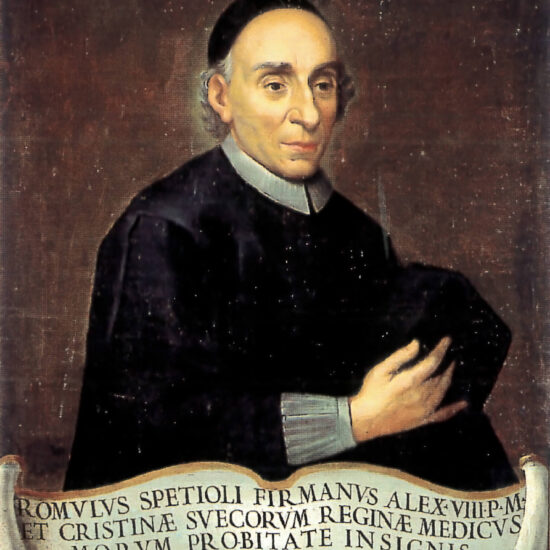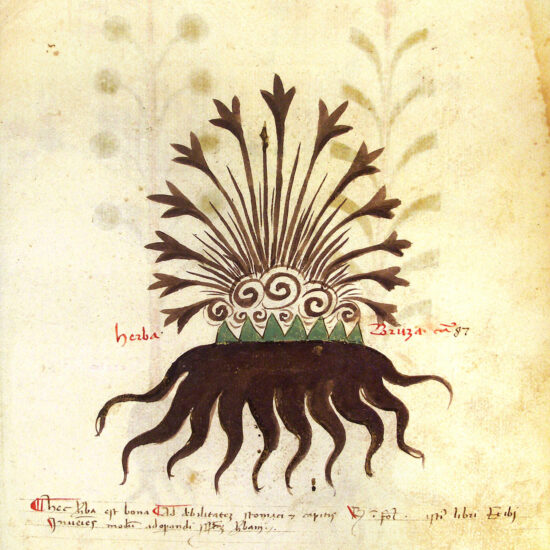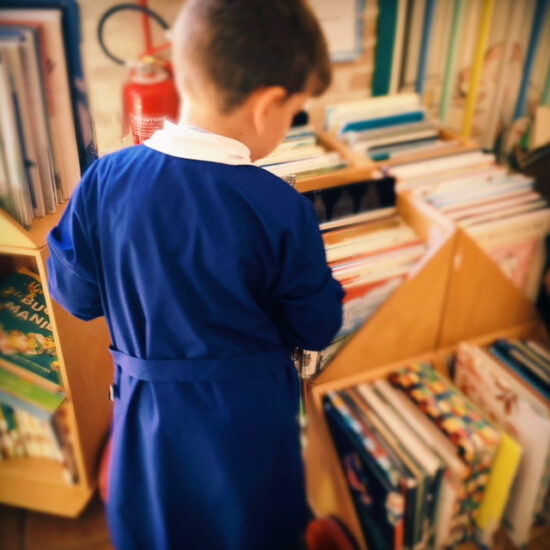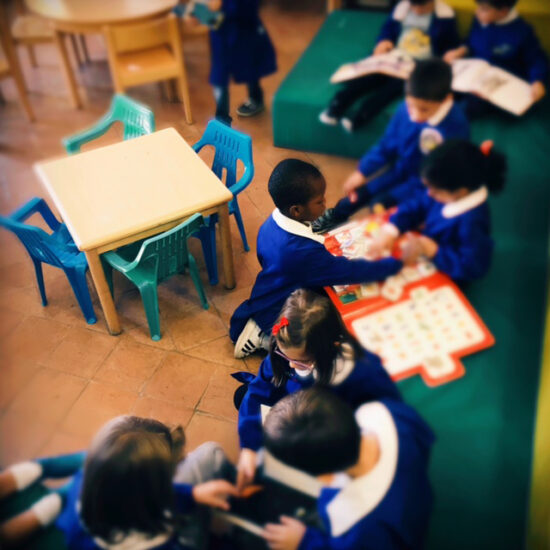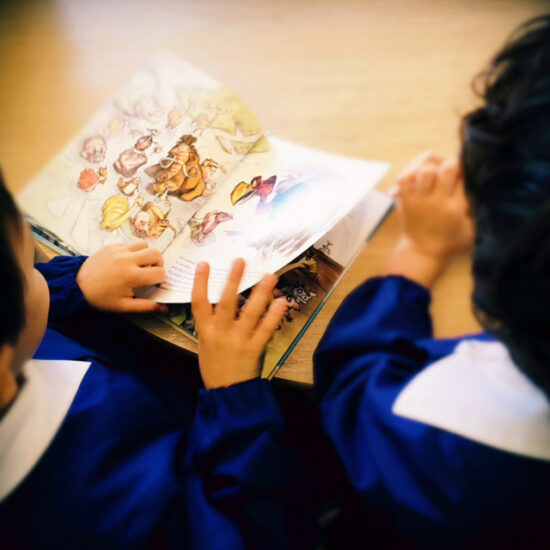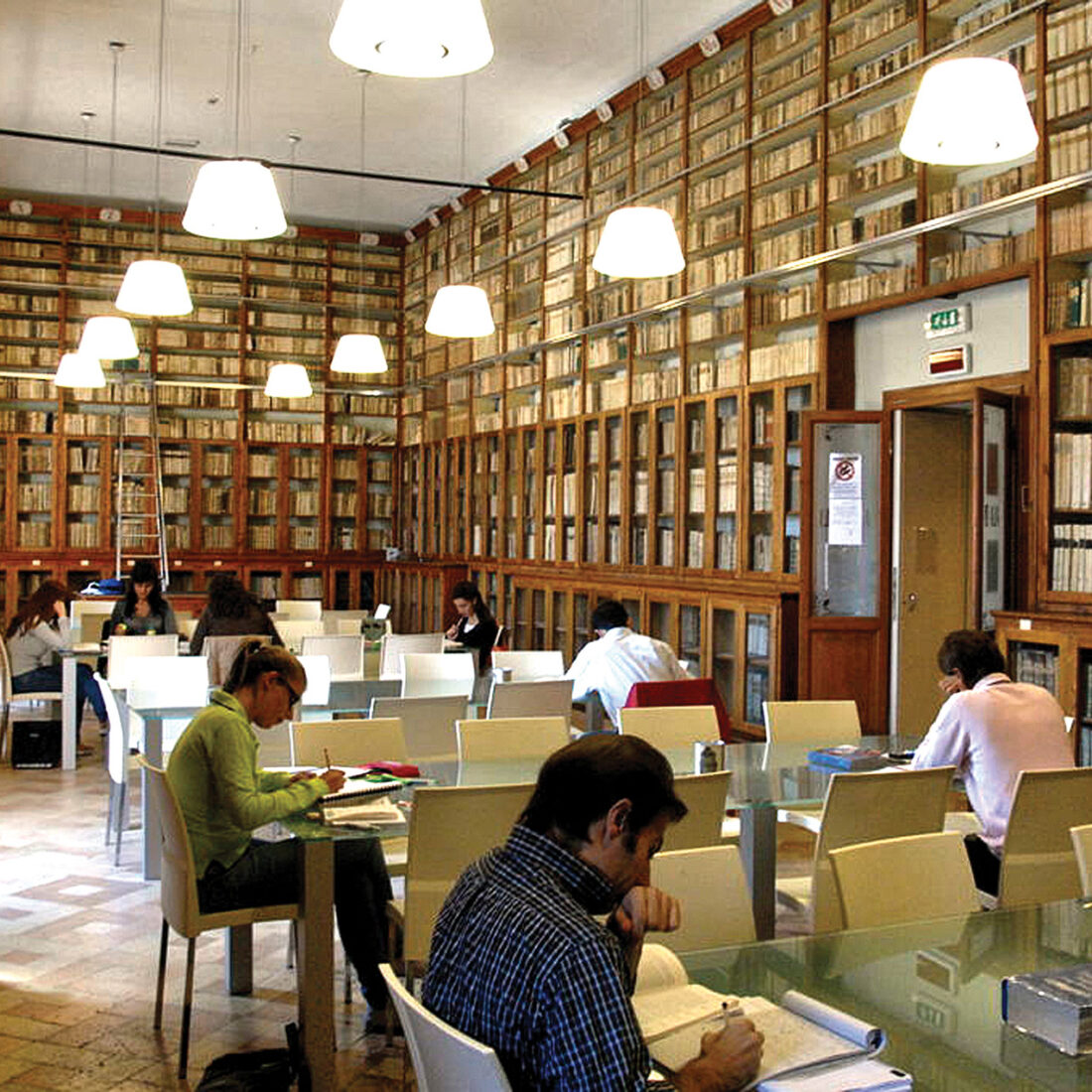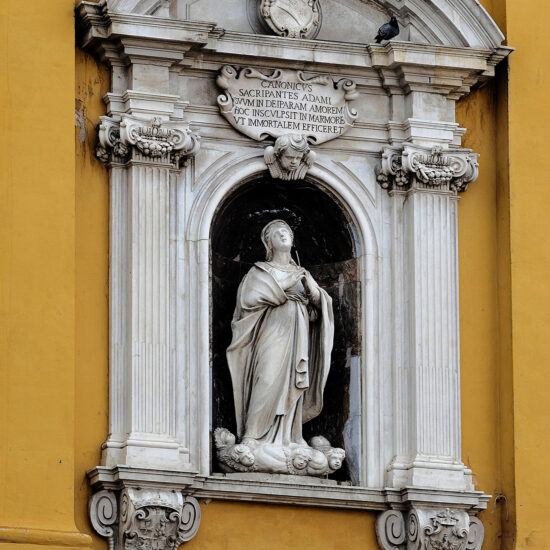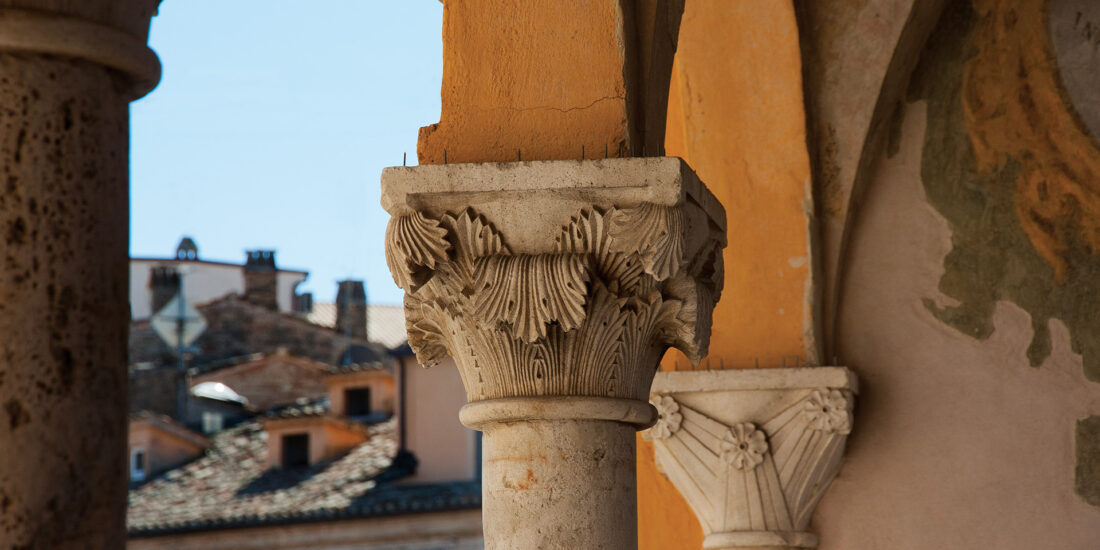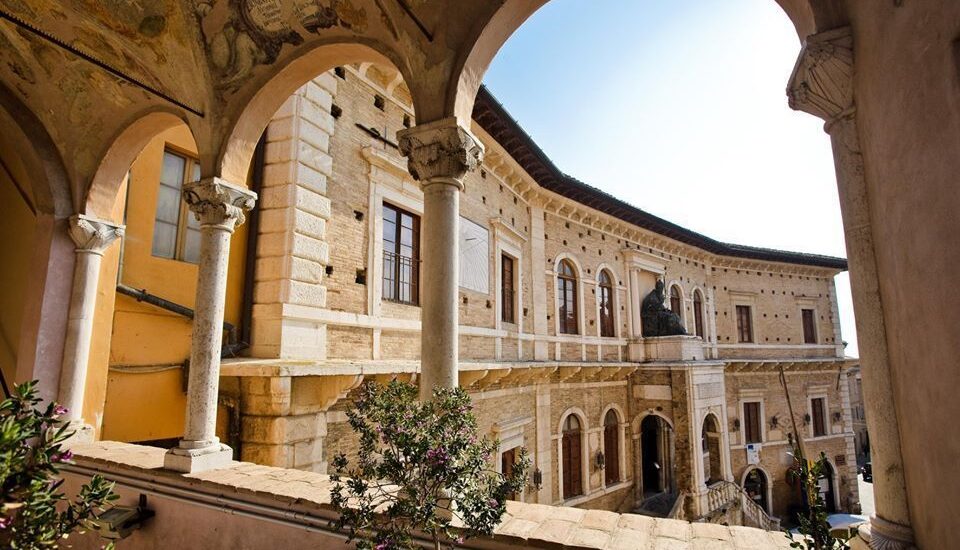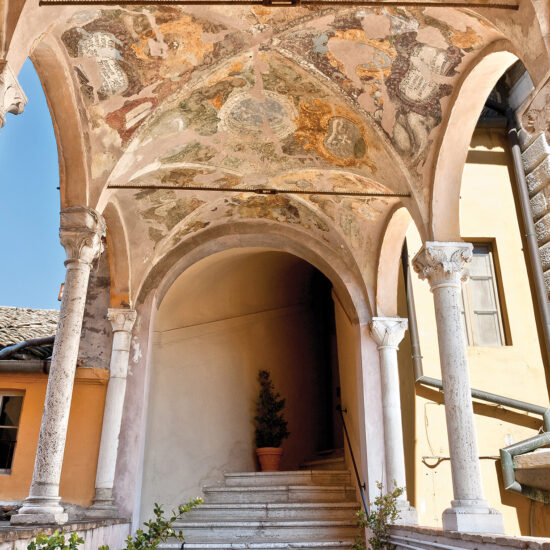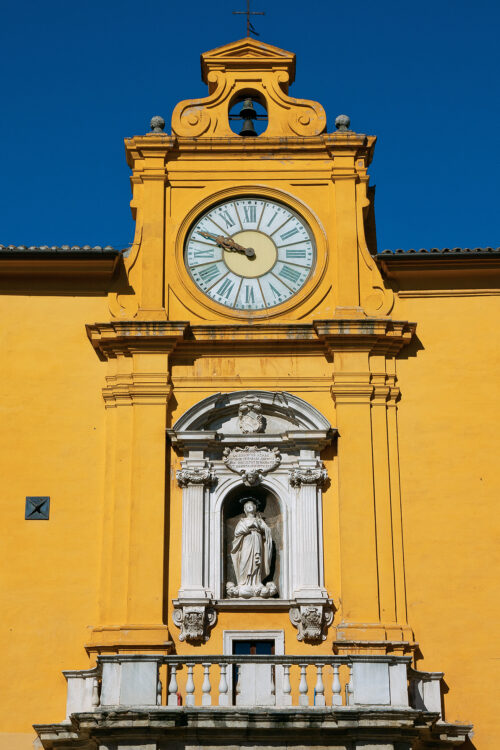The “Romolo Spezioli” Civic Library, coveted destination for researchers and students from all over the world, conserves richly miniated codices, very rare printed editions, an inexhaustible graphic collection. In total the collections include around 3.000 manuscripts, including 127 codices and 11 chorales, 300.000 documents that include more than 800 historical periodicals, 5.000 drawings and 6.500 engravings, coins, seals; moreover 681 incunabula, over 15,000 16th century editions, 23.000 miscellaneous editions, numerous examples of 17th an 18th century editions and musical printings.
Compared to the original nucleus made up of the bequest of Fermo noble Paolo Ruffo, the book patrimony enriched considerably throughout the centuries, thanks to donations and purchases that allowed the constitution of that precious ancient fund that makes Fermo Civic Library one of the most prestigious and noteworthy libraries of Central Italy.
The most important fund is the one named after Romolo Spezioli (1642-1723) who, thanks to the influence of Cardinal Azzolino, became personal physician of Queen Christine of Sweden.
In 1705 the Cardinal gave mainly rare medicine books and after his death all his collections for testamentary legacy. Over the centuries the Library continued to collect medicine documents and today it is an authoritative representative on an international level in medicine historic studies.
1860 marks the recovery of acquisitions including the brothers Raffaele and Gaetano De Minicis’ collections; not only books’ collections, but also epigraphic, numismatic, artistic collections, among them also 15.000 books of archaeology.
Among the donations of the XX century, the Filoni, Maranesi and Gigliucci book collections are included, to which the printed works and drawings by Fermo architect Giovanni Battista Carducci must be added, constituting today the near totality of the Printings and drawings special fund. As for literature and music, the most recent and relevant acquisitions come from the libraries of Alvaro Valentini and Firmino Sifonia.
Some notebooks from the XVI century are part of the graphic collection, one of them attributed to Cola dell’Amatrice and one to Giovanni Antonio Dosio and there are more than 1000 drawings by Fortunato Duranti.
The most ancient preserved document is the Manuscript n. 16, a codex of parchment of the X century containing Rhetoric essays.
Among numerous jewels of the book collection, there is also an incunable of which the Library regained possession a few years after its theft. It is the editio princeps of the letter written in 1493 by Christopher Columbus to the royal treasurer of Spain Gabriele Sanchez to inform him about his discovery, of which only a few samples are known. The Libro delle Ore (XV century) is noteworthy too: it probably belonged to Christine of Sweden.
